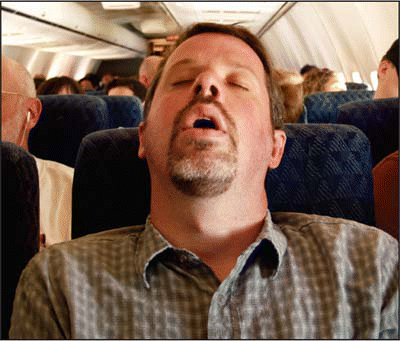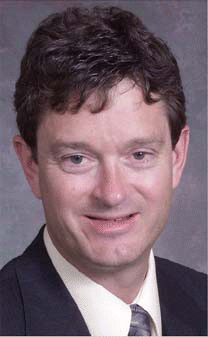Caveats regarding sleep studies include difficulty in getting reimbursement and different criteria for reimbursement for different insurance companies. Also, sleep studies are variable depending on the lab. They can be difficult to interpret and sometimes require the help of a sleep expert.
Explore This Issue
April 2008Screening for Sleep Apnea
In addition to polysomnography, other methods for screening patients about sleep include patient questionnaires and the Epworth Sleep Scale. A huge number of patients have sleep apnea. A small percentage come in complaining of snoring. If you tell them there is a treatment, they are very interested, Dr. Friedman noted. He added that in his practice, screening is always accompanied by a physical exam to look for signs and symptoms of sleep apnea.

The Berlin Questionnaire is useful in primary care to screen for sleep apnea. This instrument can discriminate obstructive sleep apnea in the general primary care clinic population (but it is not clear how well it screens for sleep apnea among patients whose primary complaint is snoring), Dr. Weaver said. Also, the Multivariable Apnea Prediction test, consisting of three simple questions, is useful in both the primary care and hypertensive populations.
Surgery
Panelists agreed that extensive medical therapy should be attempted before resorting to surgery for snoring. Nasal testing should be done before surgery. The menu of surgical options is extensive and includes palatal procedures and tongue-based procedures.
Dr. Woodson said that if the nasal test is equivocal, he uses conservative palatal procedures. Aggressive treatments don’t always last, he noted. If patients have difficult anatomy he will suggest use of an oral appliance, instead of surgery.
Dr. Mickelson does a trial of nasal medications (intranasal steroid and pseudoephedrine at night) for several weeks. If therapy is successful, he continues it. If it is partially effective or ineffective, he would move forward with minimally invasive surgery.
Agreeing with Dr. Mickelson’s graduated approach, Dr. Friedman said that if the nose is not the problem, then the main concern is to do no harm. He checks the tongue position and if it is Friedman III or IV, he uses an oral appliance. If it is Friedman I or II, he will use a palatal or Pillar implant. I like these because I can take them out later if needed. When the uvula is large, I combine uvuloplasty with a Pillar implant, Dr. Friedman continued.
Tonsillectomy
Panelists agreed that 2+ or smaller tonsils should be left alone. They can be removed later if snoring is not improved by conservative measures. Three-plus or larger tonsils should usually be removed or reduced in a patient who snores, they said.

Leave a Reply